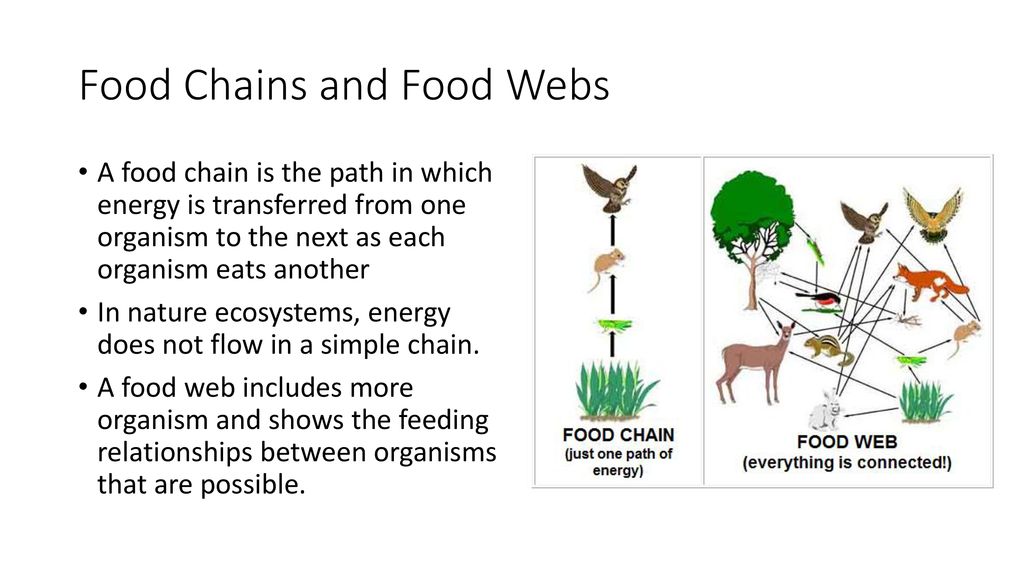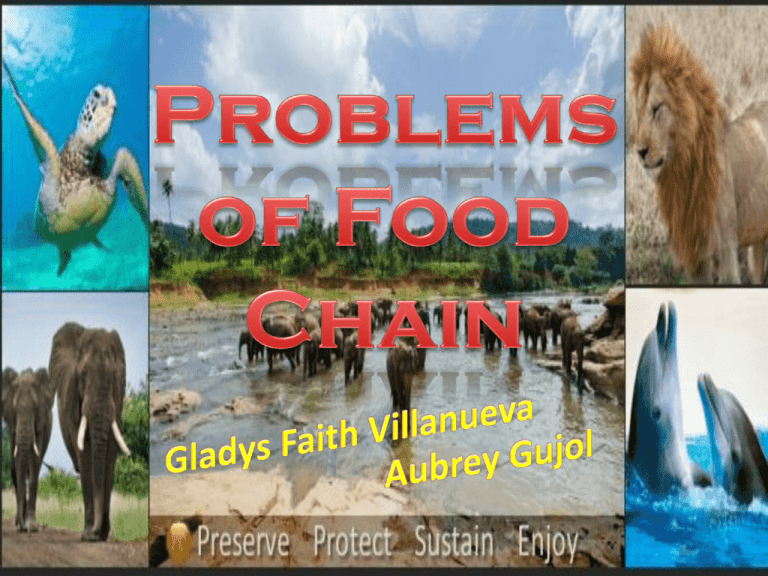Warm Up 2232016 What is a community Organisms living together in an Biology Diagrams The Basis of the Food Chain. Photosynthesis is the foundational process that underpins the vast majority of food chains and food webs on Earth. Plants, algae, and other photosynthetic organisms, known as producers, convert light energy into chemical energy stored in the bonds of glucose and other organic compounds. These organisms form the base

Oceans are larger carbon sinks than forests, obviously, due to the fact that they occupy a majority of the Earth's surface. There has been a lot of news surrounding the recent Amazon fires, and many claims that the Amazon supplies 20% of the earth's oxygen, but there is little truth behind the claim. The oxygen produced by all the forests A food chain describes how living organisms get their food. All organisms, from the most complex to the most simple ones, need food to survive. Living things can be part of multiple food chains and all connected food chains in an ecosystem combine to make a food web.. As shown in the infographic below, a basic food chain is composed of producers, consumers, and decomposers.

Photosynthesis, Trophic Levels, and Food Webs Biology Diagrams
Such food chains illustrate that life can thrive even in extreme environments, independent of solar energy, by tapping into chemical energy. so there's typically not enough energy to support more levels. References. Egerton, F. N. (2007). "Understanding food chains and food webs, 1700-1970".

Understanding how food chains work helps kids grasp the interconnectedness of life on Earth and fosters an appreciation for the natural world. Food Chains in Different Ecosystems. Food chains can be found in every environment—from forests to oceans to deserts. Here are some of the different ecosystems and examples of food chains that exist in These levels are used to describe ecosystem structure and dynamics. There is a single path through a food chain. Each organism in a food chain occupies a specific trophic level (energy level), its position in the food chain or food web. Figure 6. These are the trophic levels of a food chain in Lake Ontario at the United States-Canada border.

Understanding Energy Transfer in Food Chains: The Essence of Ecosystems Biology Diagrams
The intricate dance of life on Earth reveals something remarkably fascinating—the interconnectedness of organisms through food chains and food webs. signifying a shared aspect between chains and webs. 3. Biodiversity Support. it is vital to protect these intricate networks of life, ensuring that every food chain and web remains intact
